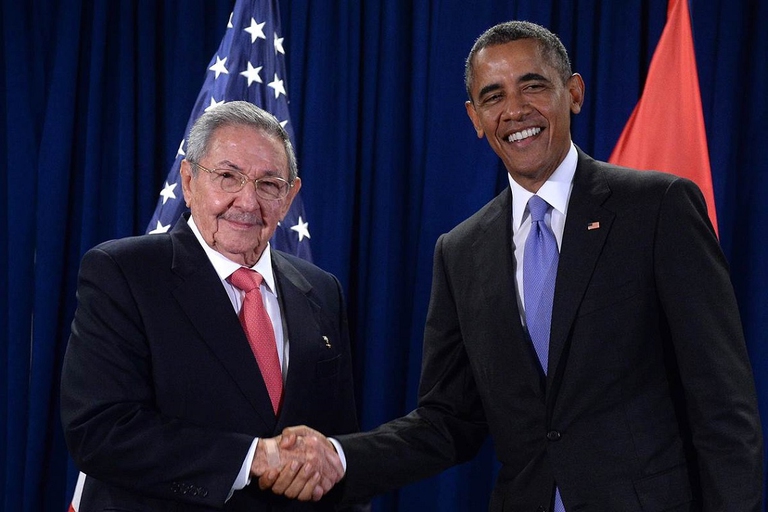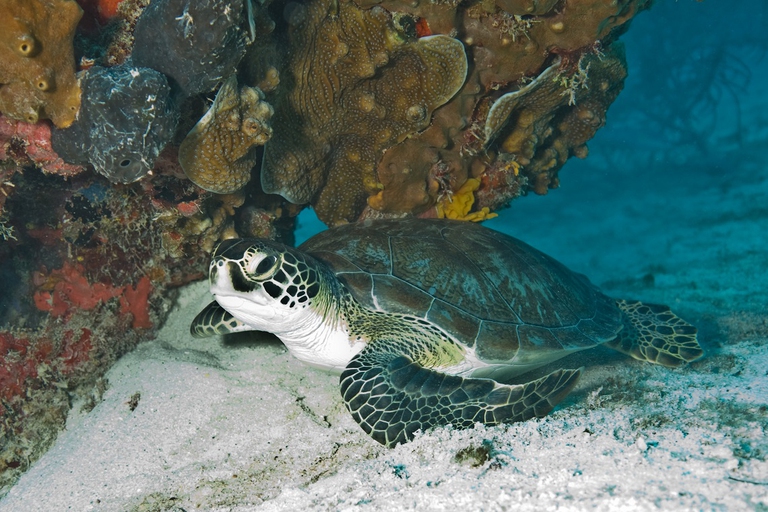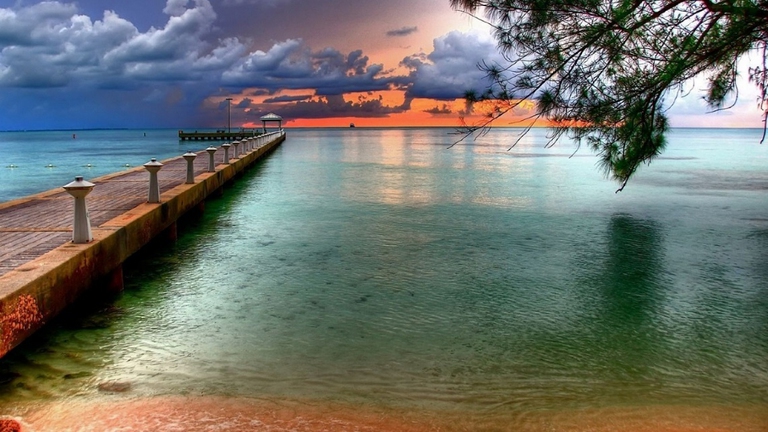
Several hundreds of women in India have rejuvenated vast stretch of forest land through a unique method of guarding the forest.
I santuari nazionali di Florida e Texas collaboreranno con le aree protette cubane Guanahacabibes e Banco de San Antonio per preservare gli ecosistemi marini.
The relationships between the United States and Cuba are historically hostile, considering the trade embargo on Cuba established by Eisenhower in 1960, or the attempts carried out by US secret service aimed at overthrowing Fidel Castro’s government. Diplomatic relations, exacerbated during George W. Bush presidency, have started to improve with Barack Obama’s election.
Nevertheless, favourable relationships between the two countries could help the environment and marine biodiversity. Indeed, the US and Cuba have reached their first agreement on environmental protection, cooperating to safeguard marine ecosystems.
The agreement, signed last Wednesday, sets that the US marine sanctuaries of Florida Keys and Flower Garden Banks will collaborate with the Cuban protected areas of Guanahacabibes and Banco de San Antonio.
The four sanctuaries are home to similar varieties of fish and corals. Researchers thus hope that the partnership will allow sharing management and research efforts to better preserve such fragile ecosystems, which are threatened by tourism and increased oil explorations.
The marine environment of Cuba is characterised by a rich biodiversity. It is home to a great variety of fish, sharks, and marine turtles, and boasts a relatively intact coral reef.
“We recognize we all share the same ocean and face the same challenges of understanding, managing, and conserving critical marine resources for future generations,” said Dr. Kathryn Sullivan, administrator at the National Oceanic and Atmospheric Administration (NOAA). “The opportunity for international cooperation in marine conservation is invaluable and this moves us closer to ensuring a healthy and productive ocean for everyone.”
Cuban and US researchers will assess their respective protected areas and will share data and information in order to face current threats. All this will exclusively benefit fish, turtles, birds, and cetaceans, creatures that do not conceive borders and national rivalry.
Siamo anche su WhatsApp. Segui il canale ufficiale LifeGate per restare aggiornata, aggiornato sulle ultime notizie e sulle nostre attività.
![]()
Quest'opera è distribuita con Licenza Creative Commons Attribuzione - Non commerciale - Non opere derivate 4.0 Internazionale.
Several hundreds of women in India have rejuvenated vast stretch of forest land through a unique method of guarding the forest.
The solution developed by the Italian startup Agri-E enables on-site bioethanol production, promoting energy self-sufficiency for farms.
South African court dismisses a major lawsuit by 140,000 Zambian women and children against Anglo American for Kabwe lead poisoning. A setback for affected communities enduring the lasting impact of lead contamination.
Controversial African land deals by Blue Carbon face skepticism regarding their environmental impact and doubts about the company’s track record, raising concerns about potential divergence from authentic environmental initiatives.
Majuli, the world’s largest river island in Assam State of India is quickly disappearing into the Brahmaputra river due to soil erosion.
Food imported into the EU aren’t subject to the same production standards as European food. The introduction of mirror clauses would ensure reciprocity while also encouraging the agroecological transition.
Sikkim is a hilly State in north-east India. Surrounded by villages that attracts outsiders thanks to its soothing calmness and natural beauty.
Sikkim, one of the smallest states in India has made it mandatory for new mothers to plant saplings and protect them like their children to save environment
Chilekwa Mumba is a Zambian is an environmental activist and community organizer. He is known for having organized a successful lawsuit against UK-based mining companies.










